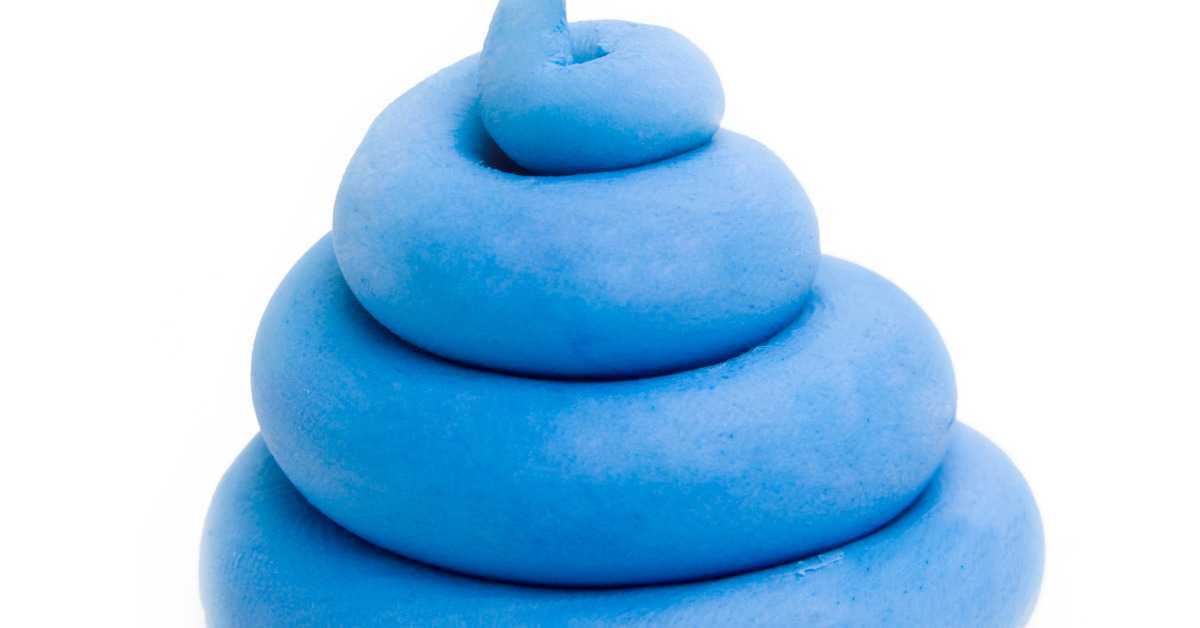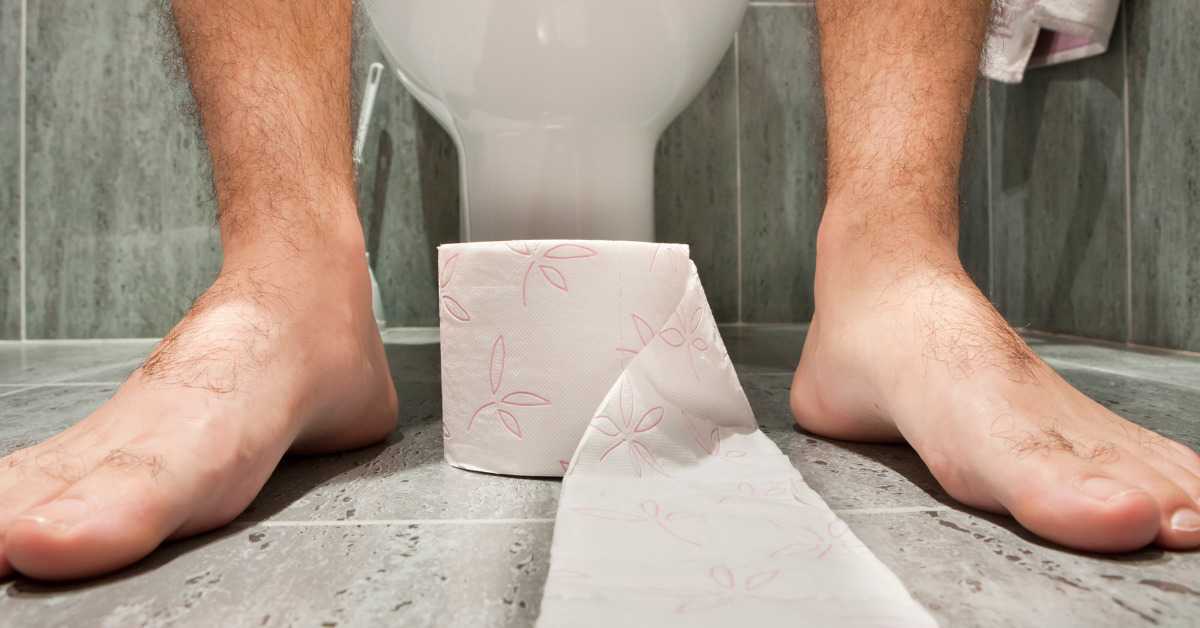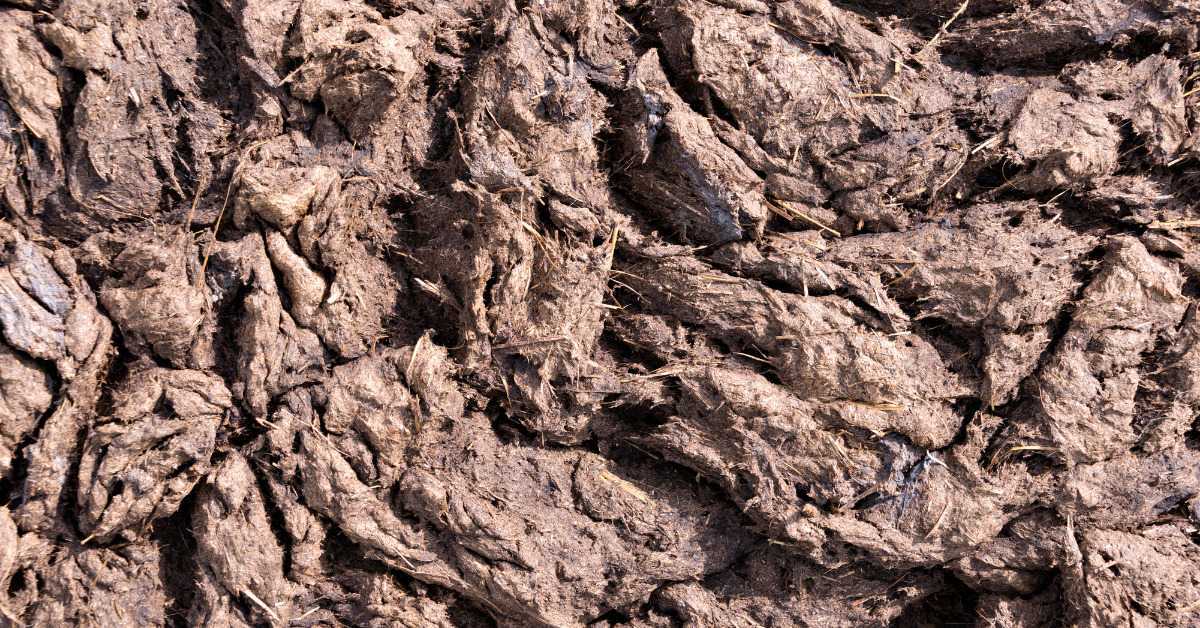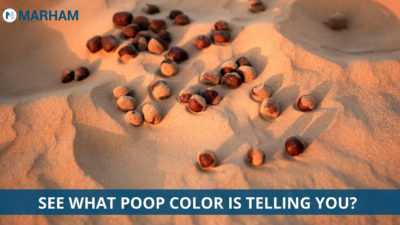Poop color can indicate various things, mainly depending on what you’ve eaten. If your poop is a different color than usual, you’ll probably notice. What does it mean, though, if it’s green? Red, yellow, white, or black, perhaps? Or how about orange? Diet is the most common cause of minor changes in the color of your waste.
We don’t eat the same thing every meal, every day, after all. However, a color change can sometimes indicate a minor health problem, which could mean a severe problem with your digestive system. Call your doctor if the color you see before you flush causes concern.


Normal Poop Color
Poop is usually brown. The color of your stool is determined by what you eat and how much bile is present. Bile is a digestive fluid produced by your liver, and it begins with a yellowish-green hue.
However, the pigments that give bile its color undergo chemical changes and turn brown as they travel through your digestive system.
Green Poop
Your poop can have a slightly greenish tint or even be a brighter green. Green or greenish poop is typical in most cases. The following foods and supplements can cause green poop;
- Green vegetables, such as spinach or kale
- Green food colorings, such as those found in drink mixes and ice pops
- Supplements containing iron
The color of your food may not be the cause of green diarrhea. Your meal likely passed through your intestines too quickly, allowing the fat-digesting bile to turn brown.
Black Poop
For the first few days after birth, a baby’s poop is black. Otherwise, it could be a dark-colored food you ate or medicine or supplement you took that causes black poop. However, this color could indicate a more severe issue, such as bleeding in the upper part of your digestive tract.
- Iron supplements
- Black licorice
- Blueberries
Bismuth subsalicylate-containing medicines (Kaopectate, Pepto-Bismol) can also cause very dark stools.
If you don’t believe your black poop is caused by what you ate, you should consult your doctor.


Yellow Poop
Your poop may appear yellow rather than brown at times. For many people, this color is also standard. It’s pretty common in babies, particularly those who are breastfed. However, if your poop is yellow and greasy, it may contain too much fat. That could indicate that your body isn’t properly digesting food. Your diet may cause yellow poop inadvertently.
If you have celiac disease, your body cannot digest gluten, a protein found in wheat, barley, and rye. If you have the condition and consume gluten-containing foods, such as many pieces of bread, pasta, and cookies, your intestines will not function properly. So, if you eat those foods and your poop looks like this,
Pale or Clay-Colored Poop
Poop can come in a variety of colors or none at all. It’s unlikely that your pale poop is caused by food. However, anti-diarrhea medications such as bismuth. Subsalicylates (Kaopectate Pepto-Bismol) can cause pale or clay-colored poop in some people. Barium, a chalky liquid consumed before X-rays of the upper digestive tract, has the same effect.
A lack of bile in your stool is a more severe cause. (Remember that bile is responsible for the brown color of poop.) The liver produces bile, stored in the gallbladder before being released into the small intestine to aid digestion. It could be because of a problem if there isn’t enough to give your poop the typical brown color.
Red or Reddish Poop
Don’t get afraid if you notice red or reddish poop in the toilet. First, consider whether you’ve recently consumed any red foods. Several foods can cause your stool to turn pink or reddish:
- Beets
- Tomato soup
If you don’t think it’s your diet, the red you’re seeing could be blood. If the blood is bright red, it comes from the lower part of your digestive tract.
Orange Poop
When you have diarrhea, your poop will often be the same color as the food you ate. It’s most likely due to some orange foods if your poop has an orange hue, and Beta-carotene-rich foods can cause your poop to turn orange.
- Carrots
- Winter squash
- Pumpkin
- Sweet potatoes
Orange-colored foods, such as sodas, candy, or gelatin desserts, can also turn your poop orange.


Final Notes
Poop that is a different color than what you’re used to is usually nothing to be concerned about, and it’s doubtful that it’s a sign of a severe digestive problem. If it’s white, bright red, or black, and you’re not sure it’s caused by something you ate, see your doctor.
Book an appointment now, to answer all your queries. You can book an appointment with the top gastroenterologists in Pakistan through Marham or get an appointment by calling at Marham helpline: 0311-1222398 or by online booking facility through the website or Marham mobile app.
Can’t Find The App?
Android Users:
https://play.google.com/store/apps/details?id=controllers.marham.marhammed&hl=en
Drop a review for us at Playstore if you’ve had a good experience!
iPhone Users:
https://apps.apple.com/pk/app/marham-find-a-doctor/id1095243102
Stay Home. Stay Safe!
FAQ’s
What kind of poop is harmful to adults?
Poop that is a different color than what you’re used to is usually nothing to be concerned about, and it’s doubtful that it’s a sign of a severe digestive problem.
What can the color of your stool tell you about your health?
A healthy stool reflects a rainbow of colors from your food and the bile you produce. Almost any shade of brown or a combination of browns.
Which poop is unhealthy?
Too much pooping (more than three times daily) not pooping regularly (less than three times a week). When pooping, there is a lot of strain. Colored poop, such as red, black, green, yellow, or white. stools that are greasy and fatty

